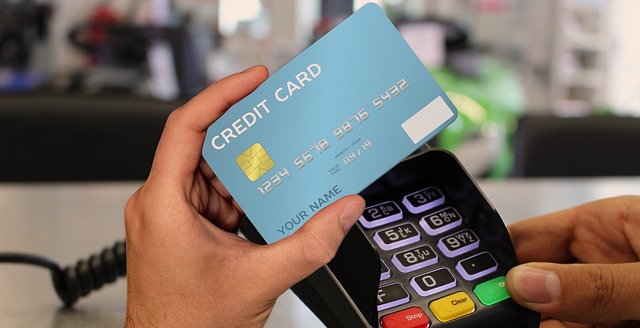Balance Transfers vs. Personal Loans: Which Debt Strategy Wins?
If you’re drowning in high-interest debt, balance transfer cards and personal loans are two popular ways to save money and pay off debt faster. But which one is right for you? Here’s a detailed, data-driven comparison to help you decide.
🔄 Balance Transfer Credit Cards: The Pros & Cons
How They Work
-
Transfer high-interest credit card debt to a 0% APR card (typically 12–21 months).
-
Pay 3–5% balance transfer fee upfront.
-
Pay $0 interest if you clear the debt before the promo ends.
👍 Pros
✔ 0% interest for 12–21 months (massive savings if paid in time).
✔ No collateral needed (unsecured debt).
✔ Best for smaller debts (5K–15K).
👎 Cons
✖ Must pay off before promo ends (or get hit with ~25% APR).
✖ Balance transfer fee (3–5%) adds to your debt.
✖ Requires good credit (670+ FICO) to qualify.
Best For:
✅ Those who can pay off debt within the 0% period.
✅ People with good credit who want interest-free time.
Example:
-
10,000debt∗∗→Transfertoa∗∗010,300 total).
-
Monthly payment needed to clear it: $572/month.
-
Total interest paid: $0 (if paid in full).
🏦 Personal Loans: The Pros & Cons
How They Work
-
Borrow a fixed-sum loan (typically 5–36% APR) to pay off credit cards.
-
Repay in fixed monthly installments over 2–7 years.
-
No promotional rate—interest starts immediately.
👍 Pros
✔ Fixed payments & timeline (no surprises).
✔ Lower APR than credit cards (if you qualify).
✔ No risk of rate spikes (unlike credit cards).
👎 Cons
✖ Interest starts immediately (unlike 0% balance transfers).
✖ May require good credit (640+ FICO) for best rates.
✖ Origination fees (1–8%) in some cases.
Best For:
✅ Those who need longer repayment terms (3+ years).
✅ Borrowers who won’t qualify for 0% APR cards.
Example:
-
$10,000 debt → 5-year personal loan at 10% APR.
-
Monthly payment: $212/month.
-
Total interest paid: $2,748.
📊 Side-by-Side Comparison
| Factor | Balance Transfer | Personal Loan |
|---|---|---|
| Interest Rate | 0% for 12–21 months, then ~25% | 5–36% fixed |
| Fees | 3–5% transfer fee | 0–8% origination fee |
| Repayment Term | Must pay in full during promo | 2–7 years |
| Credit Needed | Good (670+) | Fair to good (640+) |
| Best For | Short-term payoff (12–18 months) | Long-term payoff (3+ years) |
💡 Which One Should You Choose?
✅ Pick a Balance Transfer If:
✔ You have good credit (670+).
✔ You can pay off the debt in 12–21 months.
✔ You want to pay $0 interest.
✅ Pick a Personal Loan If:
✔ You need more time to repay (3+ years).
✔ Your credit isn’t great (but still decent).
✔ You want fixed payments with no surprises.
🚫 Avoid Both If:
❌ You’re still racking up credit card debt (fix spending habits first).
❌ Your credit score is below 600 (work on improving it first).
💸 Real-Life Scenarios
Scenario 1: Short-Term Payoff (18 Months)
-
Debt: $8,000 at 24% APR.
-
Option 1: Balance transfer (0% for 18 months + 3% fee).
-
Total cost: $8,240.
-
Monthly payment: $458 (to clear in 18 months).
-
-
Option 2: Personal loan at 12% APR for 3 years.
-
Total cost: $9,520.
-
Monthly payment: $265.
-
-
Winner: Balance transfer (saves $1,280).
Scenario 2: Long-Term Payoff (5 Years)
-
Debt: $15,000 at 22% APR.
-
Option 1: Balance transfer (0% for 12 months, then 25%).
-
Risk: If not paid in full, interest piles up fast.
-
-
Option 2: Personal loan at 15% APR for 5 years.
-
Total cost: $21,288.
-
Monthly payment: $356.
-
-
Winner: Personal loan (if you can’t pay off fast).
🔍 How to Get the Best Deal
✔ Compare offers (NerdWallet, Bankrate, Credit Karma).
✔ Pre-qualify first (soft pull, no credit hit).
✔ Negotiate fees (some lenders waive origination fees).





